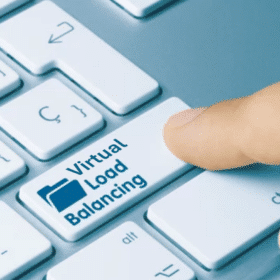5G to Augment Live Sports Streaming & Viewing Experience
As commercial 5G networks roll out with the promise of faster mobile networks, higher capacity and lower latency, mobile operators are busy shaping plans for new services and product offerings on their advancing 5G networks. A recent survey by MOVIC showed, most operators believe, that cloud gaming could represent 25% to 50% of 5G data traffic by 2022, based on the rapid progression of cloud gaming services in recent months. 5G is making tremendous impact on a number of applications and one such opportunity is game streaming and live-sporting events.
Network operators view eSports as a compelling opportunity and they are optimistic about the dramatic impact of 5G on live gaming. eSports account for a massive audience and they continue to grow. It is estimated that approximately 436 million people globally will watch some form of live gaming this year.
The way forward
To fully harness the benefits of 5G, operators must develop competencies for optimizing and delivering high quality mobile video, evolve & differentiate, taking advantage of untapped applications and opportunities. As 5G transforms mobile video, a subscription-based service will give consumers access to a high-end gaming experience without requiring additional hardware. On the other side, a majority of operators plan to create new partnerships with OTT service providers to revamp the delivery of sports coverage to consumers, while progressing with steady trial of 5G networks at sporting venues.
In this entire arrangement of large and complex mix of data traffic, live sporting events and gaming will ultimately consume three to four times the amount of bandwidth on 5G networks, compared to standard definition video traffic. Needless to say, this will impact mobile operator data strategies.
As these immersive experiences start becoming more popular, there are challenges at the operator’s front, primarily to ensure their 5G networks deliver excellent quality of experience (QoE).
Aligning capabilities:
Responding to network-related challenges and deliver the required levels of capacity and connectivity, telecom operators must understand types of data that needs to be managed. This includes: rapidly changing session data and subscription data to managing real-time data.
This article originally appeared on Times Tech India. Read the rest of the article here.





